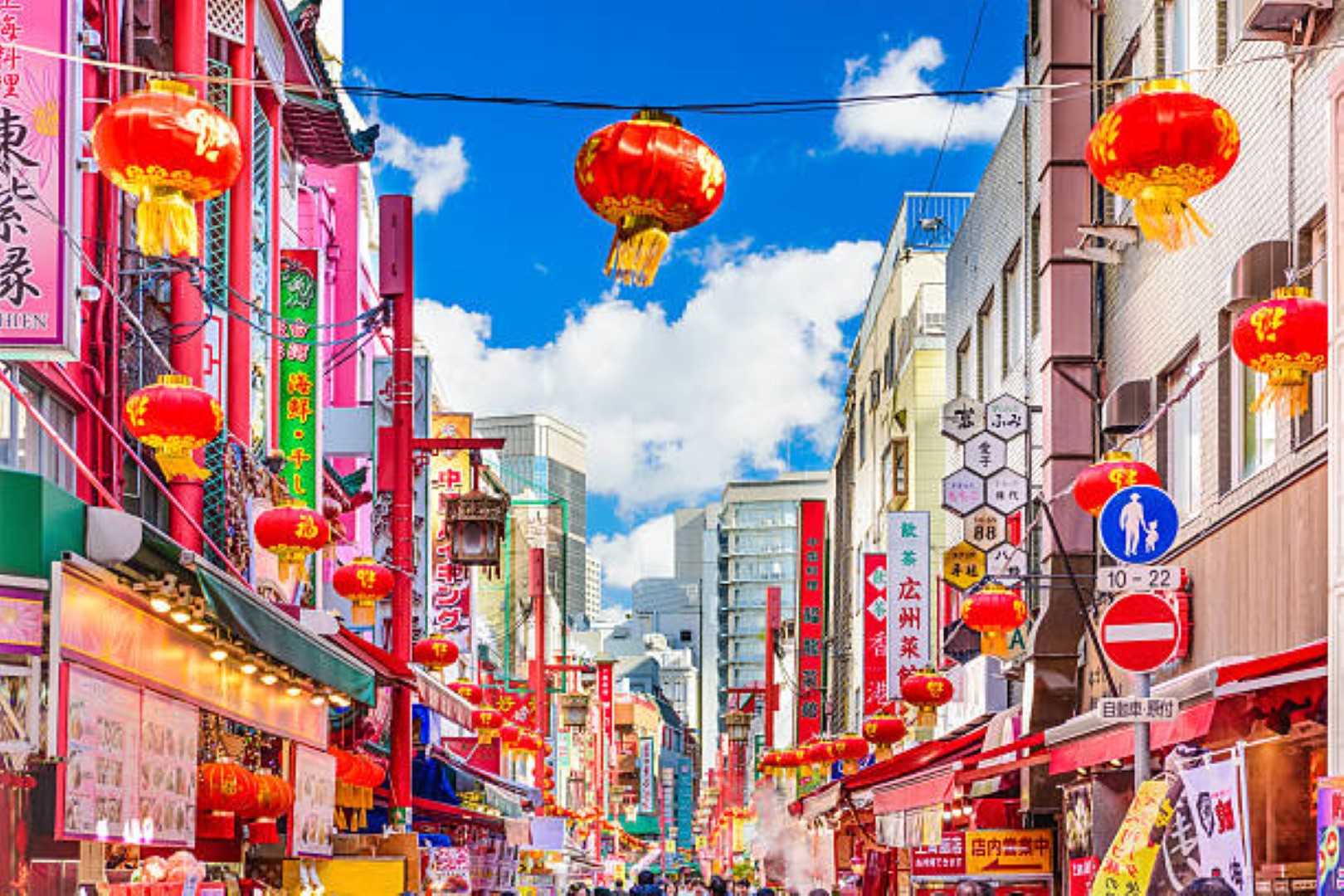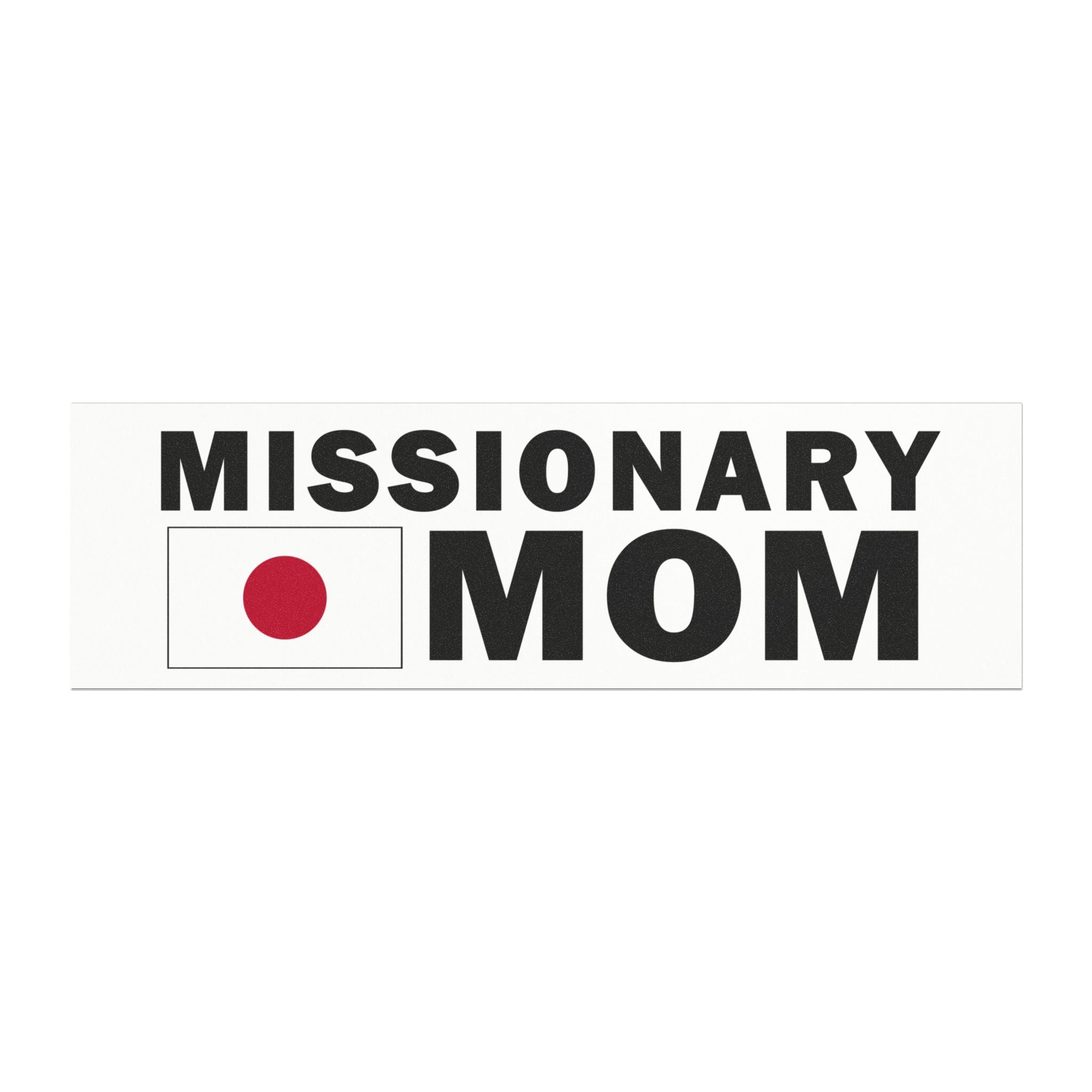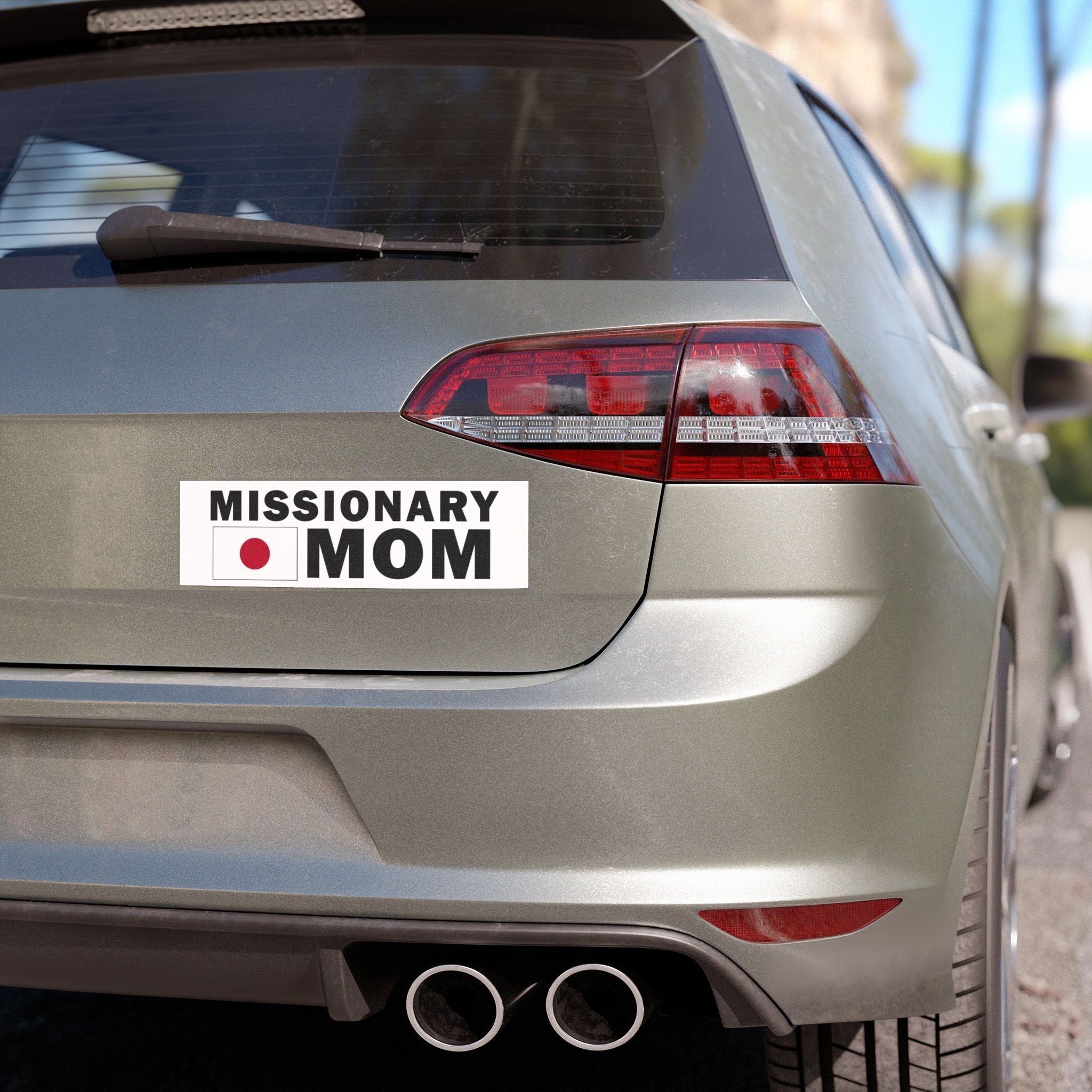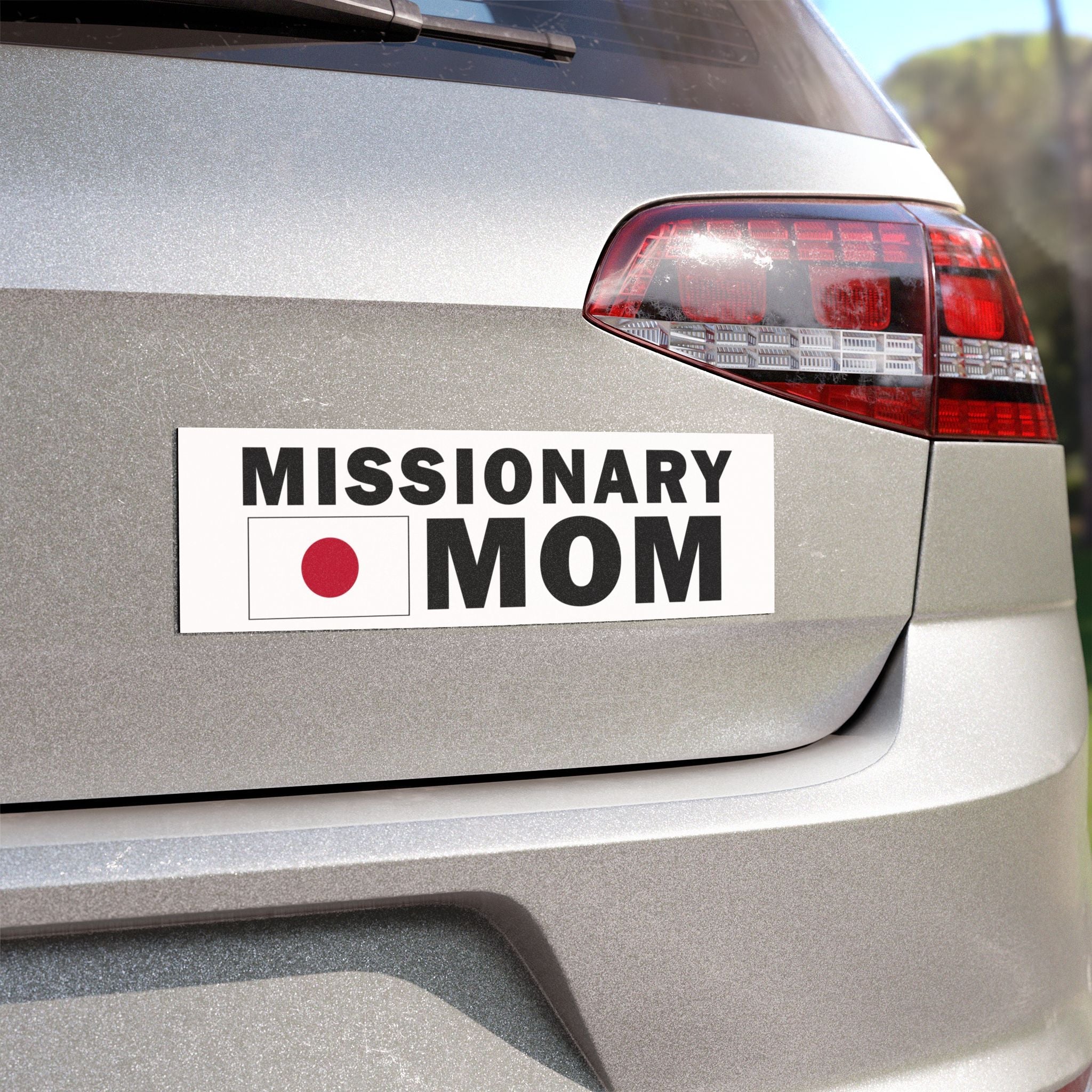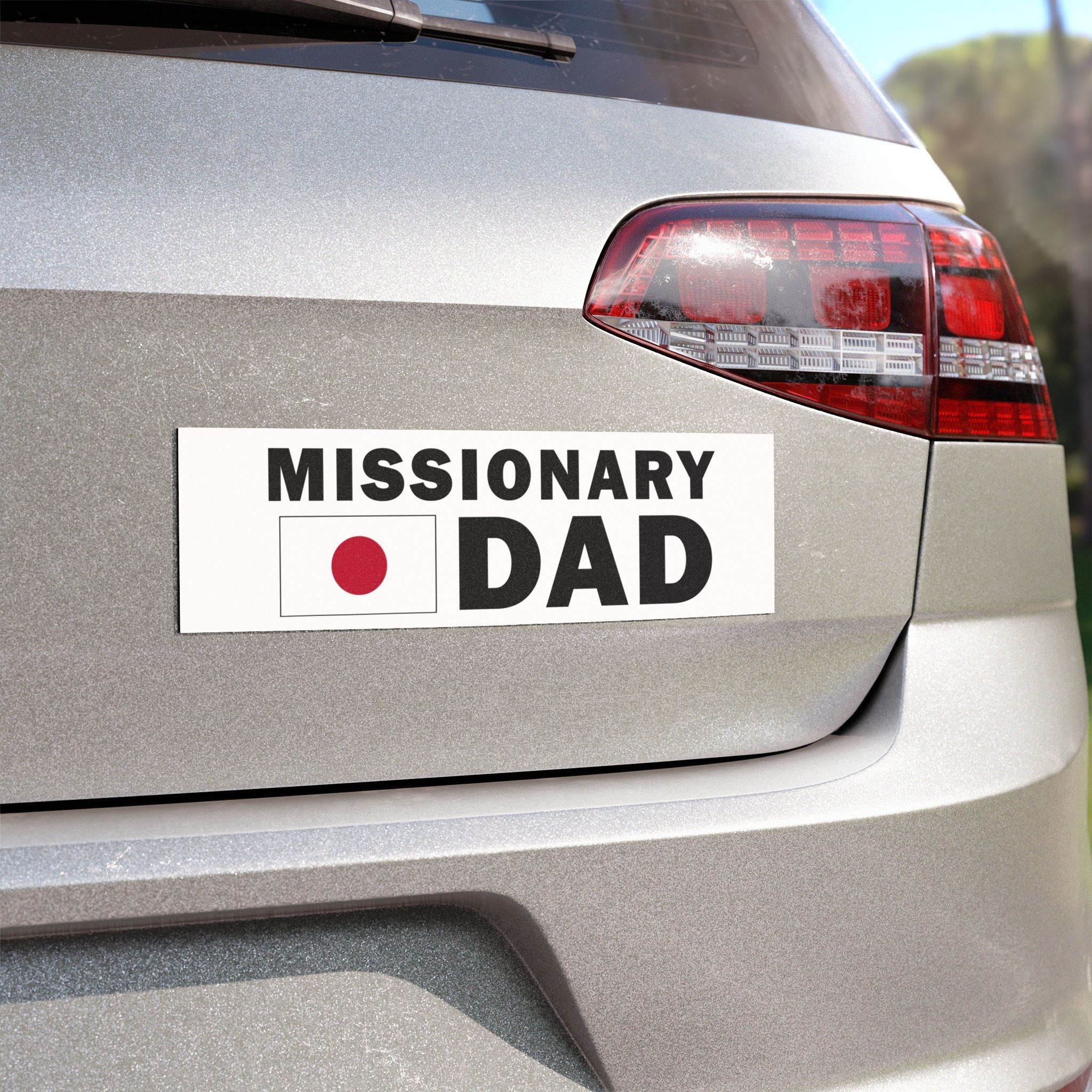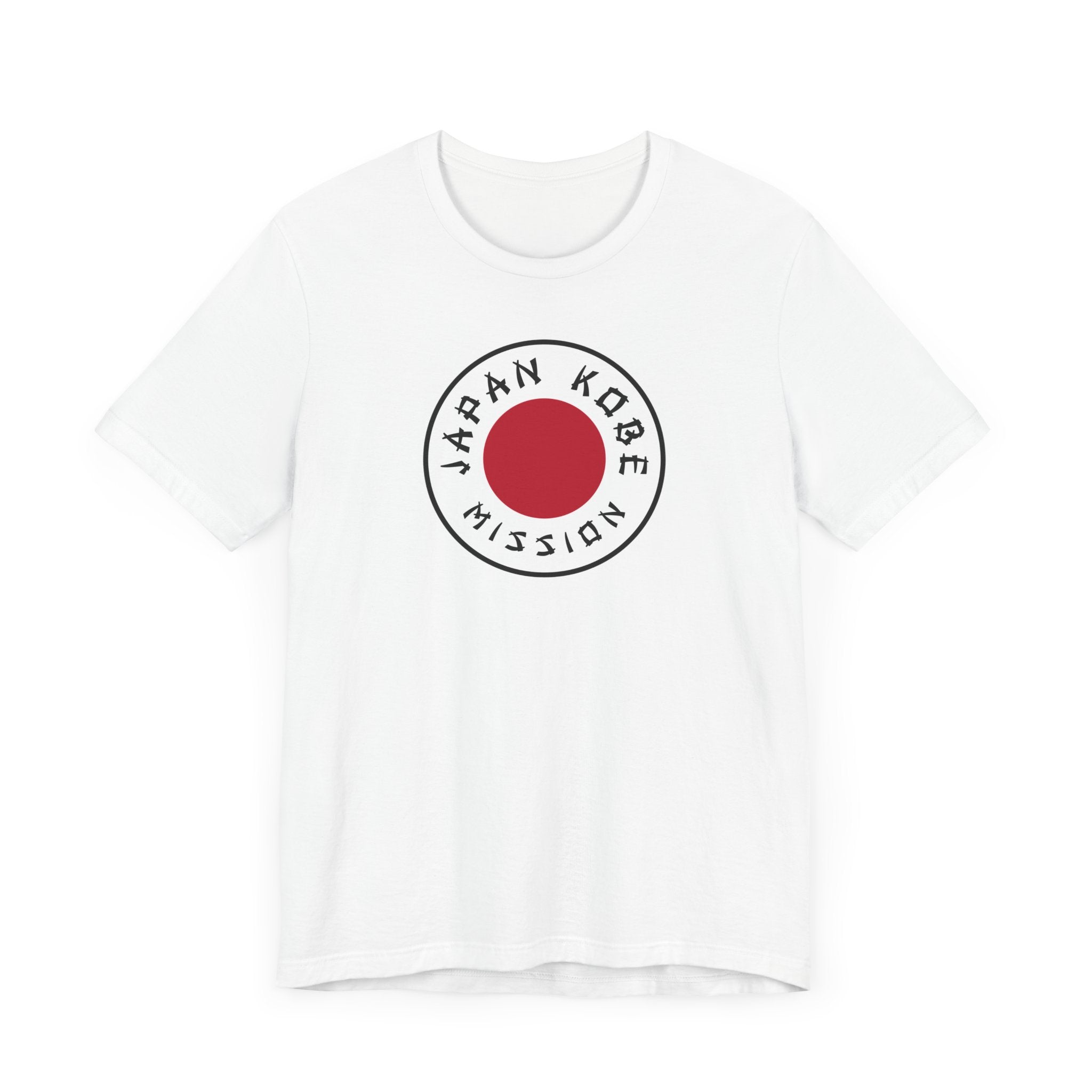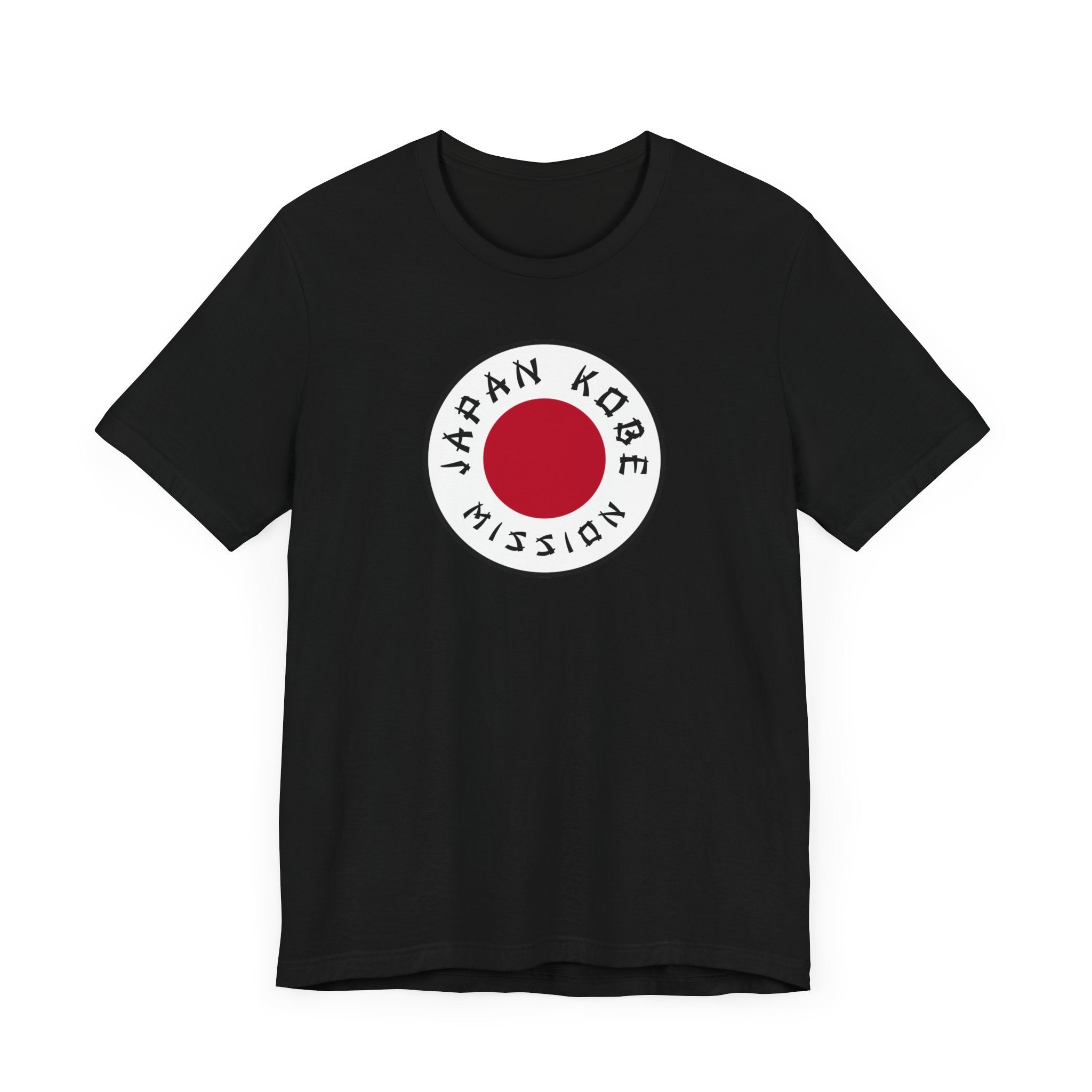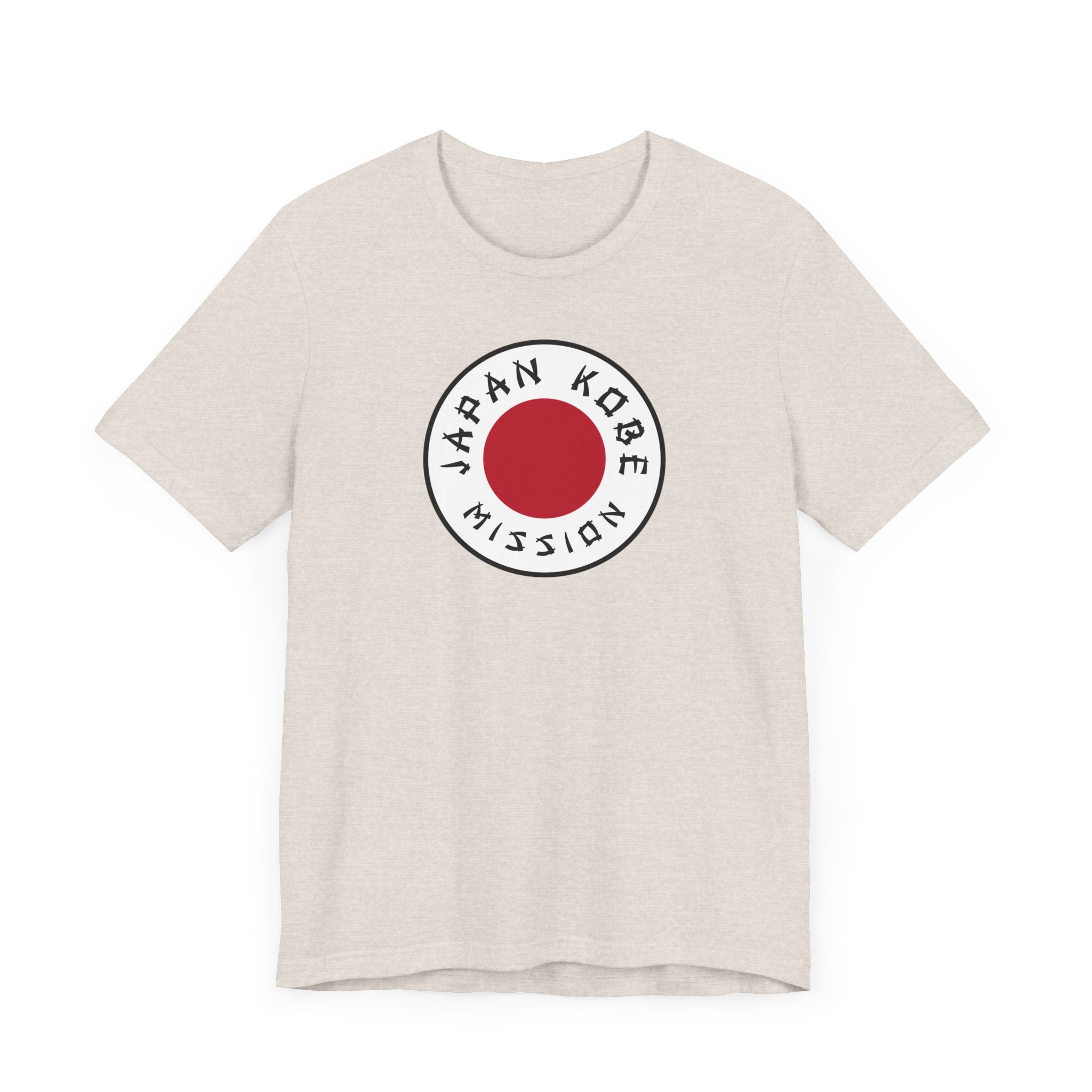The Church of Jesus Christ of Latter-day Saints first sent missionaries to Japan in 1901. Although political tension closed the Japan Mission between 1924 and 1948, members of the Church continued to practice their faith, share the gospel, and build the Church in Japan. When the Church returned to Japan at the end of World War II, a small group of faithful Japanese converts, few having been baptized, were found meeting together regularly.
Since World War II, the Church in Japan has experienced gradual yet steady advancement. The Japanese Saints have shown great devotion to the restored gospel. In 1965, many sacrificed time and wages to travel to the temple in Hawaii. In the 1970s, this devotion led to the construction of a temple in Tokyo—the first temple in Asia and the first of three in Japan. Japanese Saints today make important contributions to their communities and nation. For example, in 2011, after the East Japan earthquake and tsunami devastated many areas, Japanese Saints spent many hours distributing relief supplies and helping their neighbors to repair the damage.
The history of the Church in Japan is one of conviction that transcends national boundaries and political disagreements. The faith of the Japanese Saints testifies of the power of the restored gospel to bind us as “fellow citizens with the saints, and of the household of God” (Ephesians 2:19).
